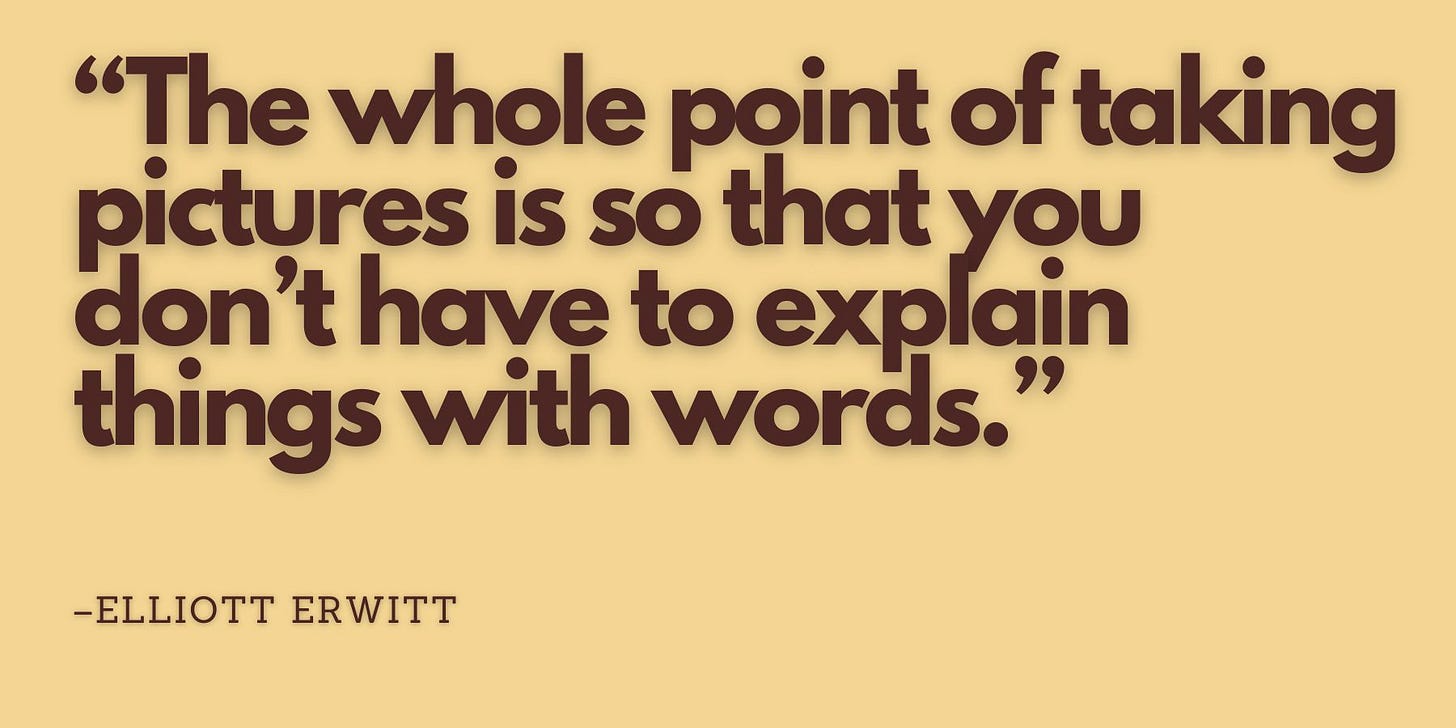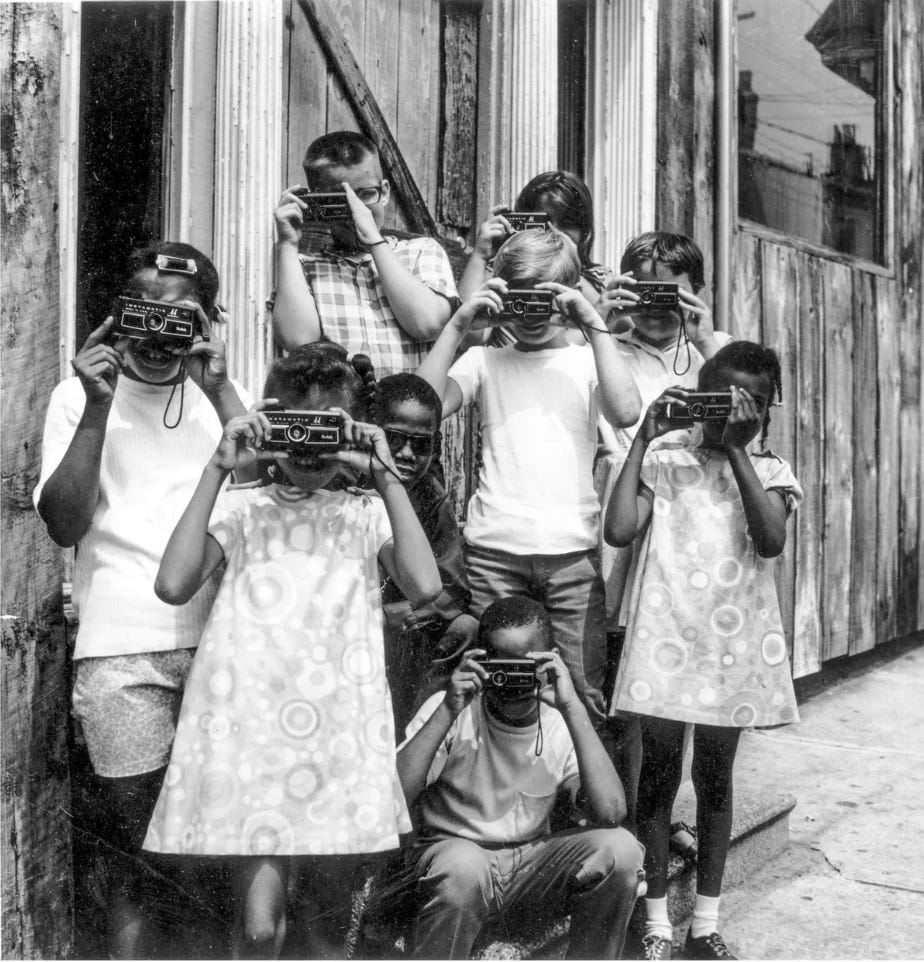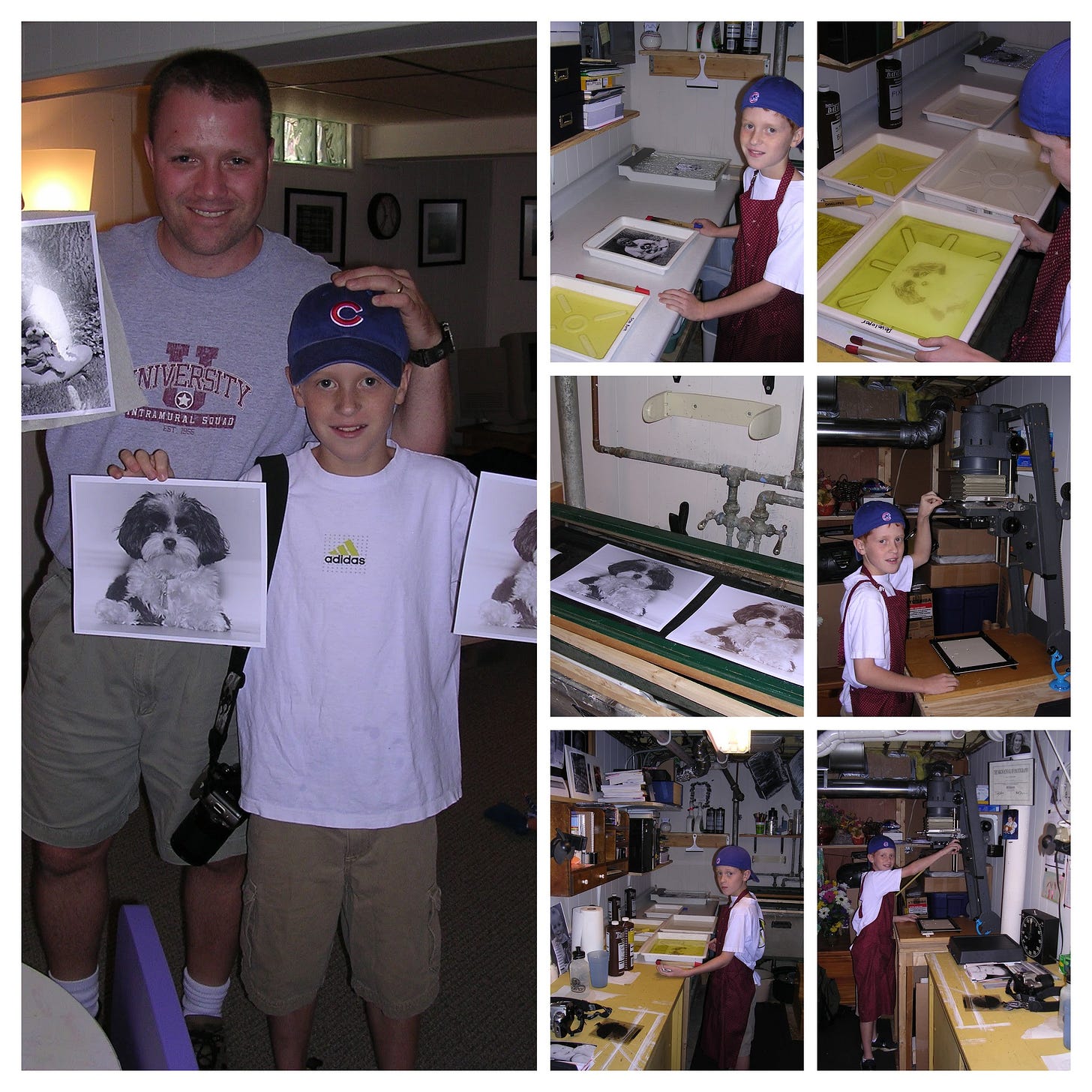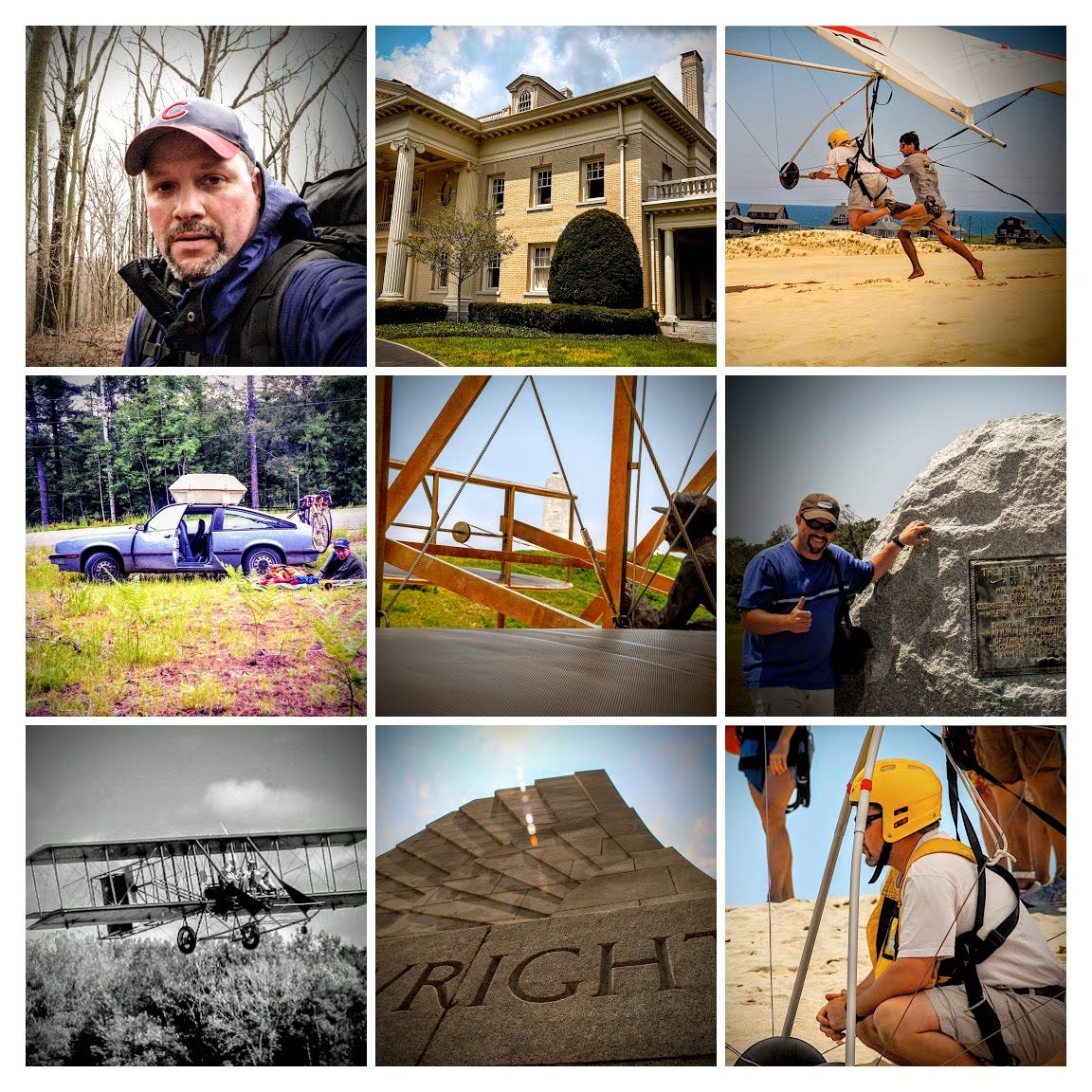Photography as Storytelling: The Lens of Creativity
Welcome to "The Tapestry of Creativity!"
Welcome readers, to “The Tapestry of Creativity,” a space where we celebrate the interconnected threads of art and life. Though I am a writer, particularly of middle-grade historical fiction, I find my creativity often takes flight beyond the written page. Among these pursuits, photography holds a special place, not merely as a hobby but as a means to see the world anew and enrich the stories I tell.

Photography, like writing, is a form of storytelling. A single image can hold a narrative within it—a fleeting moment, a glimmer of emotion, a memory captured in light and shadow. As a teacher-librarian and lifelong educator, I have often encouraged students to think of photographs as stories without words. A photograph asks questions, sparks curiosity, and invites interpretation.

A Journey of Light and Shadow
My own journey with photography began in the innocence of childhood. I remember holding a Fisher-Price camera, its plastic frame light in my hands. It was a simple tool, yet it sparked something profound—the joy of framing the world through a viewfinder. Later came my first "real" camera, a Kodak Instamatic, with its satisfying click and the anticipation of waiting for prints to develop.
That patience taught me something about creativity: good things take time. Each roll of film was an act of trust, a belief that the moments I’d captured would be worth the wait. And when the prints came back, each one was a treasure—some flawed, some surprising, but all part of the journey.
As I grew, so did my cameras. A Polaroid offered the thrill of instant results, while a Fuji DL-200 accompanied me on high school hikes through the Appalachian Mountains. The grainy images from those days remain among my favorites—not because they are perfect, but because they hold the essence of my memories, the laughter of friends, and the quiet beauty of those trails.
The Darkroom as a Sanctuary
Years later, I stepped into a darkroom for the first time, and it was like walking into another world. The red glow of the safelight, the chemical scent of developer, the way an image slowly emerged on paper—it was pure magic. That process was meditative, a tactile art that demanded care and attention, much like writing.
There is something humbling about the darkroom. It reminds you that creativity is a balance of control and surrender. You make choices—aperture, exposure, composition—but then you must let the process unfold, trusting the alchemy of light and time.
That trust, I’ve learned, extends to all forms of creativity. Whether writing a novel or crafting a photograph, you begin with an idea, a spark, and nurture it into something more.

Seeing the World Anew
As technology advanced, so did my approach to photography. The transition to digital cameras and, eventually, smartphones, expanded what was possible, yet the principles remained the same. Photography sharpened my awareness, taught me to see the extraordinary in the ordinary.
I often think of the connections between photography and writing. Both demand an eye for detail, an understanding of perspective, and an appreciation for moments that might otherwise go unnoticed. A photograph of an old oak tree, its branches reaching skyward, might inspire a scene in a novel. A shot of a solitary red leaf clinging to a branch might become the seed of a poem about resilience.
The act of taking photos is, for me, a way of practicing mindfulness. It slows the world down, even just for a moment, and lets me see it more clearly.

Photography as a Tool for Storytelling
In my work as a teacher-librarian, I’ve seen how photography can unlock creativity in students. Together, we’ve explored how light and composition tell stories. We’ve analyzed historical photographs, imagining the lives of those frozen in time.
Photography, like writing, is a tool for self-expression. It allows us to preserve memories, share experiences, and see the world from another’s perspective. In both, there is a power to convey truth—not necessarily factual truth, but emotional truth.
A Celebration of Creativity
Photography has given me so much more than images; it has deepened my understanding of storytelling, memory, and connection. It has taught me to pause, to notice, and to honor the beauty of the fleeting moment.
So I ask you, friends: how do you capture the moments that inspire you? Is it through a camera, a sketchbook, or the written word? Perhaps it’s through music, dance, or conversation. Whatever your medium, I encourage you to embrace it wholeheartedly.
The world is full of stories waiting to be told. Whether through light or language, let us tell them with joy, curiosity, and an open heart.
Until next time, keep creating.
Carpe Diem,
Todd












I loved “the darkroom as sanctuary “, it prompted some good memories for me. Todd, I enjoy your writing, I am hearing your voice again.